- About us
- Support the Gallery
- Venue hire
- Publications
- Research library
- Organisation chart
- Employment
- Contact us
- Make a booking
- Onsite programs
- Online programs
- School visit information
- Learning resources
- Little Darlings
- Professional learning
Phillip Parker King RN (1791–1856) has been described as the first Australian-born person to succeed in the world outside the colonies. He trained for a naval career in England, and subsequently became skilled in surveying. In 1817 he was appointed to explore the Australian coastline to consolidate the earlier work of Matthew Flinders. Over five years he made four difficult voyages, charting many gulfs, identifying several islands, and providing the first reports of Port Darwin. He was accompanied on the early voyages by Bungaree. In 1826, regarded as one of Britain's leading hydrographers, he sailed in the company of the Beagle to chart Peru, Chile and Patagonia. From 1832 onwards King was an agricultural administrator, although he was promoted rear admiral on the retired list in 1855. He continued to take an interest in exploration and published many volumes on his investigations in New South Wales.
Thomas Woolner was a founding member of the Pre-Raphaelite Brotherhood, a group of English poets and artists. He came to Australia in 1852 to try his luck on the goldfields, but quickly returned to portraiture. He produced a number of medallions of prominent Melbourne and Sydney citizens before returning to England in 1854.
Purchased 2000
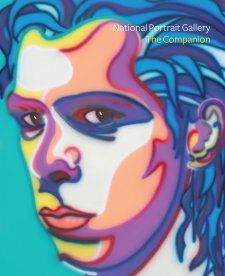
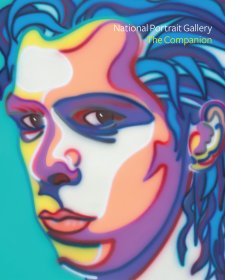
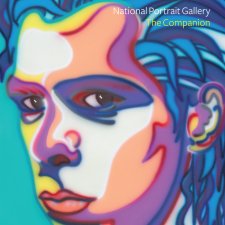
On one level The Companion talks about the most famous and frontline Australians, but on another it tells us about ourselves.
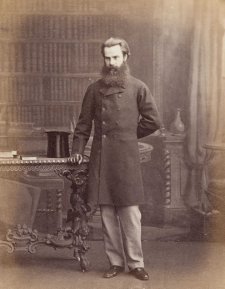
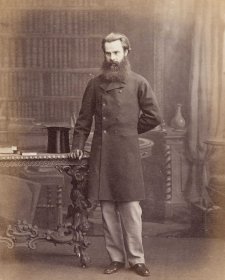
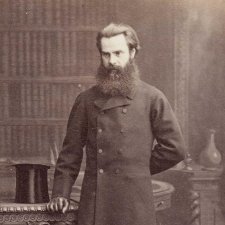
28 October 2015
Desperately seeking Woolner medallions
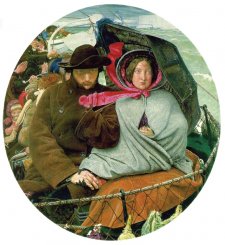
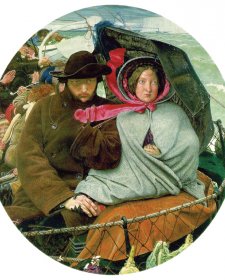
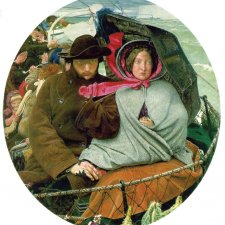
In 2006 the National Portrait Gallery acquired a splendid portrait of Victoria's first governor, Lieutenant Governor Charles Joseph La Trobe by Thomas Woolner.